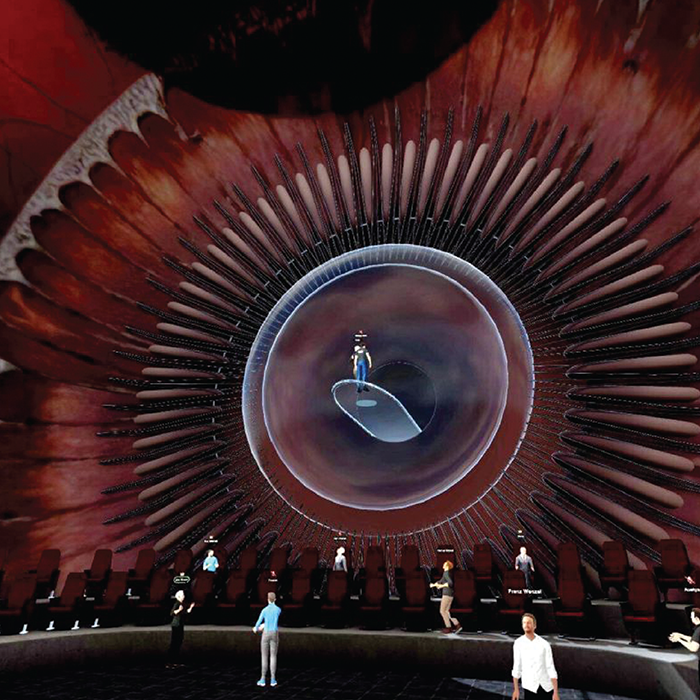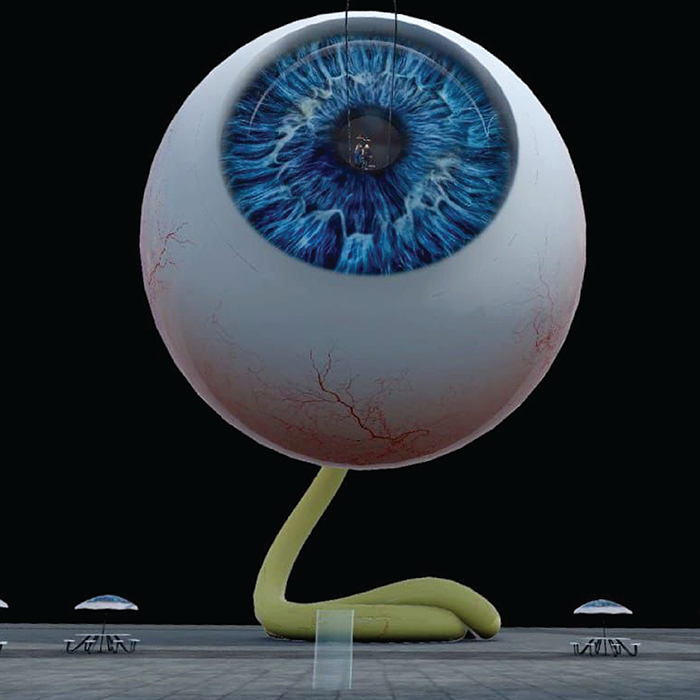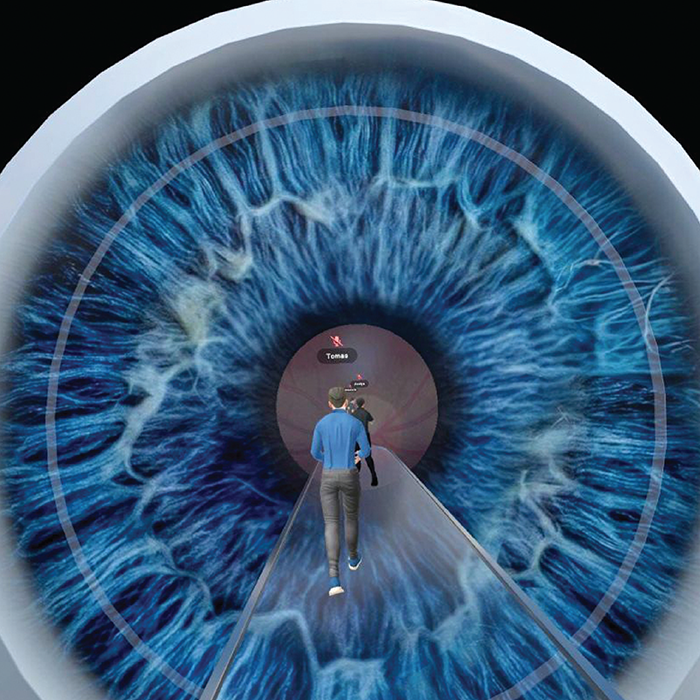
The year is 1962 and you are riding a motorcycle through the neon blur of Brooklyn, New York… or so you think. The scene in question is from Morton Heiling’s 1962 3D film for his “Sensorama” system – the first virtual reality (VR) platform of its kind, which immersed its users into a seemingly real world (1). Over 60 years later, VR has weaved its way into not just entertainment, but also healthcare and education.
With its emphasis on imaging, highly precise microsurgical procedures, and multimodal diagnostic testing, ophthalmology lends itself rather beautifully to the implementation of VR and augmented reality (AR). In fact, Ophthalmic graduate medical education in the United States has seen an increase in the use of virtual eye surgery simulators from 23 percent in 2010 to 73 percent in 2018 (2). While covering a wide array of ophthalmic specialties, VR’s most significant impact is felt in the field of ophthalmic education and training, with the Eyesi Surgical Simulator, PixEyes, and Microvistouch all vying for attention in a relatively new but growing market that sees promise in supporting the next generation of eye care professionals (2).
Perhaps the newest development in VR for ophthalmology comes from MetaMed – a US-based company that aims to inspire global connectedness and extend VR across healthcare (3). MetaMed conducted the first ever live-streamed three-dimensional (3D) surgery in the metaverse in 2022, and has thus redefined what it means to educate in the 21st century. “Our mission has and continues to be bringing in top academic institutions and surgeons from across the globe into our virtual environments for the purpose of education and learning,” MetaMed’s co-founder, Eric Rosenberg tells us.
MetaMed’s VR platform offers immersive environments in which participants can control their own avatars and interact – much as they would at an in-real-life meeting, all while learning from presented content, including 3D surgical videos. “While we may not be active in VR surgical training simulation, we do hope to collaborate with companies and services that are heavily present and building in this space. At the end of the day, we see ourselves as the future of education and collaboration independent of physical location or geopolitical borders,” explains Rosenberg.
Alcon is one such company present in the VR surgical training. Indeed, the Swiss-American pharmaceutical company has spent years developing the Fidelis VR Ophthalmic Surgical Simulator (4). This VR system is the first-of-its-kind to place phaco technology – Alcon’s Centurion Vision System with Active Sentry – within a VR environment, enabling surgeons to experience all the steps of cataract surgery through haptic feedback. “While developing our training platform, our measure for success was that the virtual environment felt like an actual operating room,” says Global Director and Head, HCP Training & Education, Rustin Floyd. “As a result, our team spent an incredible amount of time perfecting the look, feel, sound and interface of Fidelis, and surgeons are letting us know that the experience actually feels real.” Another key feature of the Fidelis platform is its ability to connect surgeons with other remote users within the same virtual operating room, enabling them to watch videos together, participate in group discussions, and coach on surgical technique.


Retina is next on Alcon’s VR radar with glaucoma and surgical complications management. “The great thing about our pipeline is that it allows us to bring VR into all of our developments,” adds Floyd. “The opportunities for virtual reality are endless – it’s just a matter of staying close to customers and giving them what they need the most.”
In a similar vein, FundamentalVR (FVR) is making waves with the development of its VR platform (5). Using low cost and light-weight hardware, the FVR system is both accessible and portable, supporting residents and attending physicians – across both anterior and posterior segments – globally. “At FVR we understand the importance of ‘future proofing’ our platform; we focus on ensuring our technology is fluid and ever evolving. We are continuously integrating updates and new technologies to enhance our platform offering,” says Vice President of Ophthalmology, Ashlie Leal. “We will continue to expand our Ophthalmic portfolio. We have recently announced an exciting partnership with the American Academy of Ophthalmology to develop procedures in the ophthalmic pediatric space.”
We have certainly come a long way since Morton Heiling’s 1962 3D experiment, and, without doubt, there will be more exciting VR developments to come in the ophthalmic environment.

